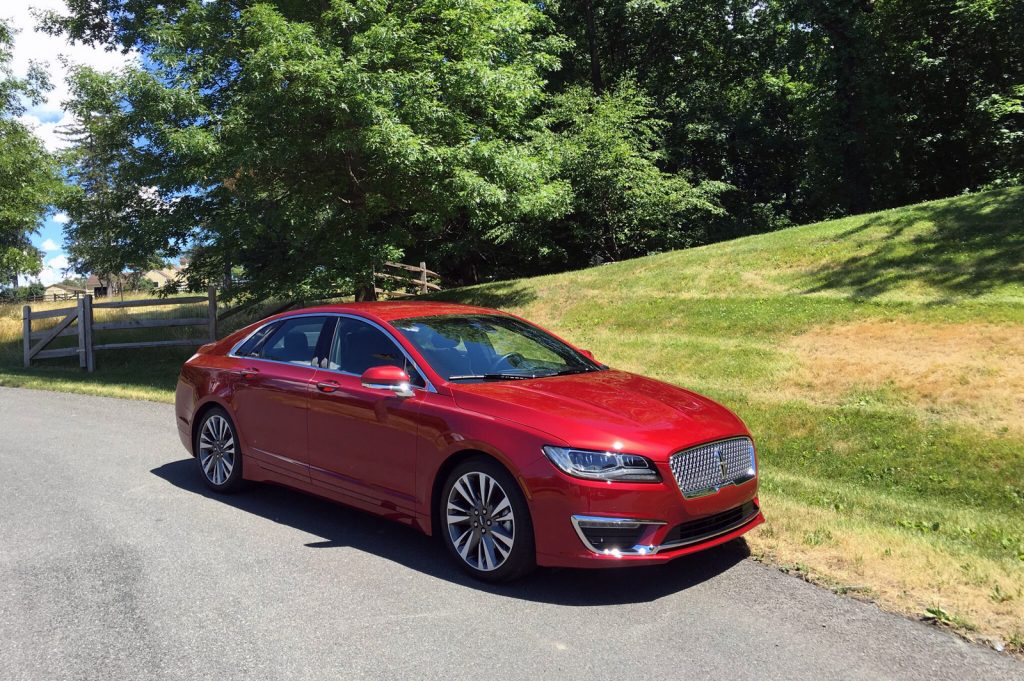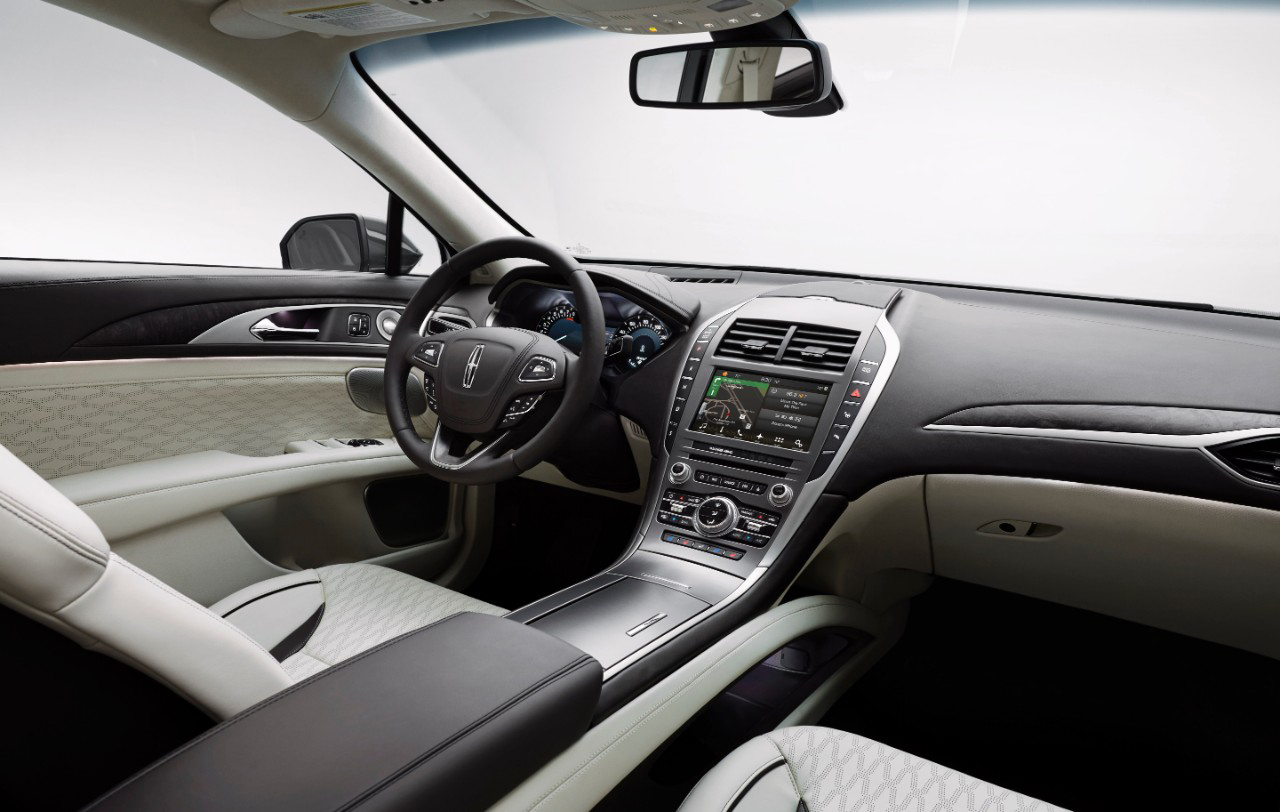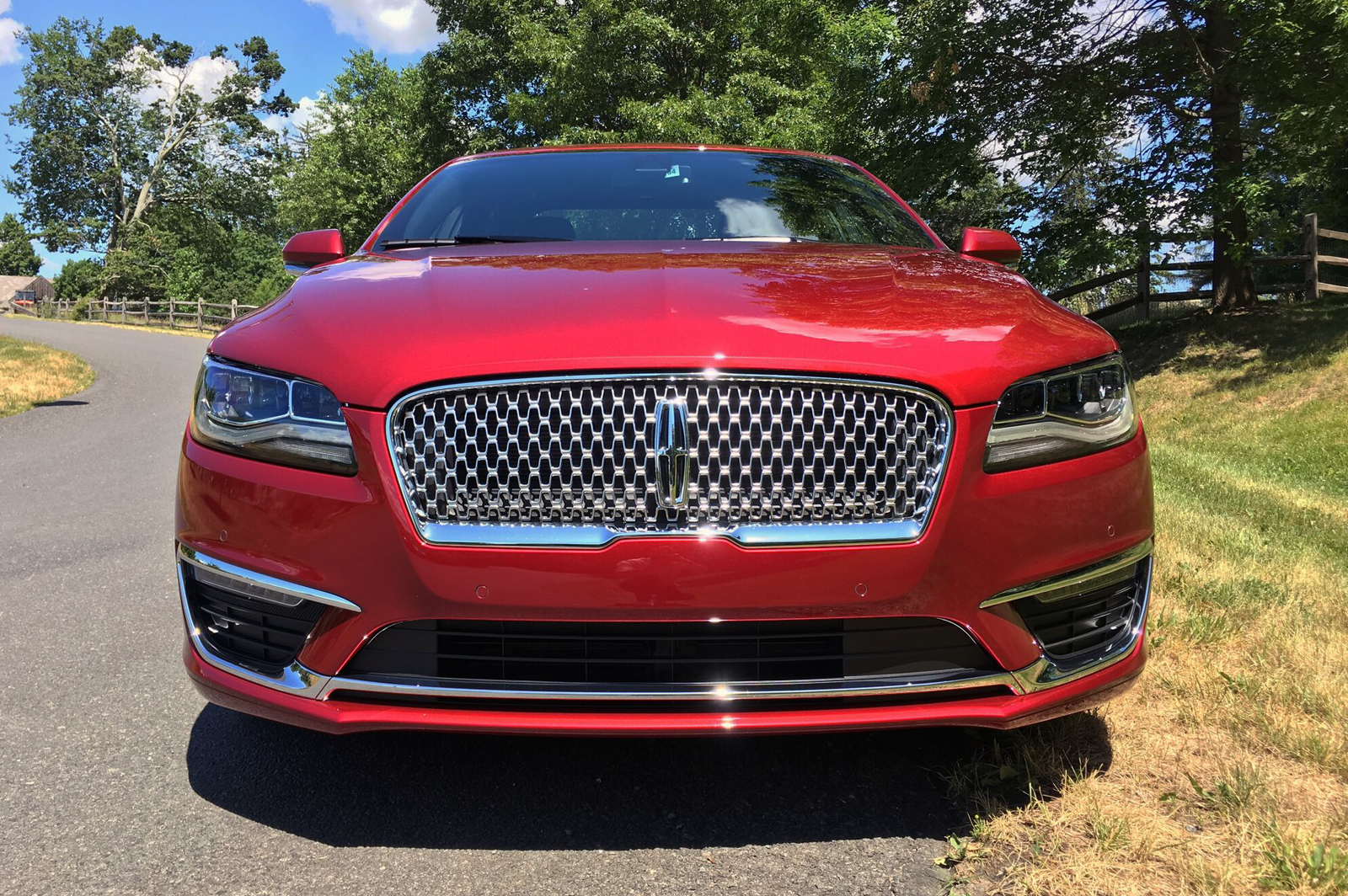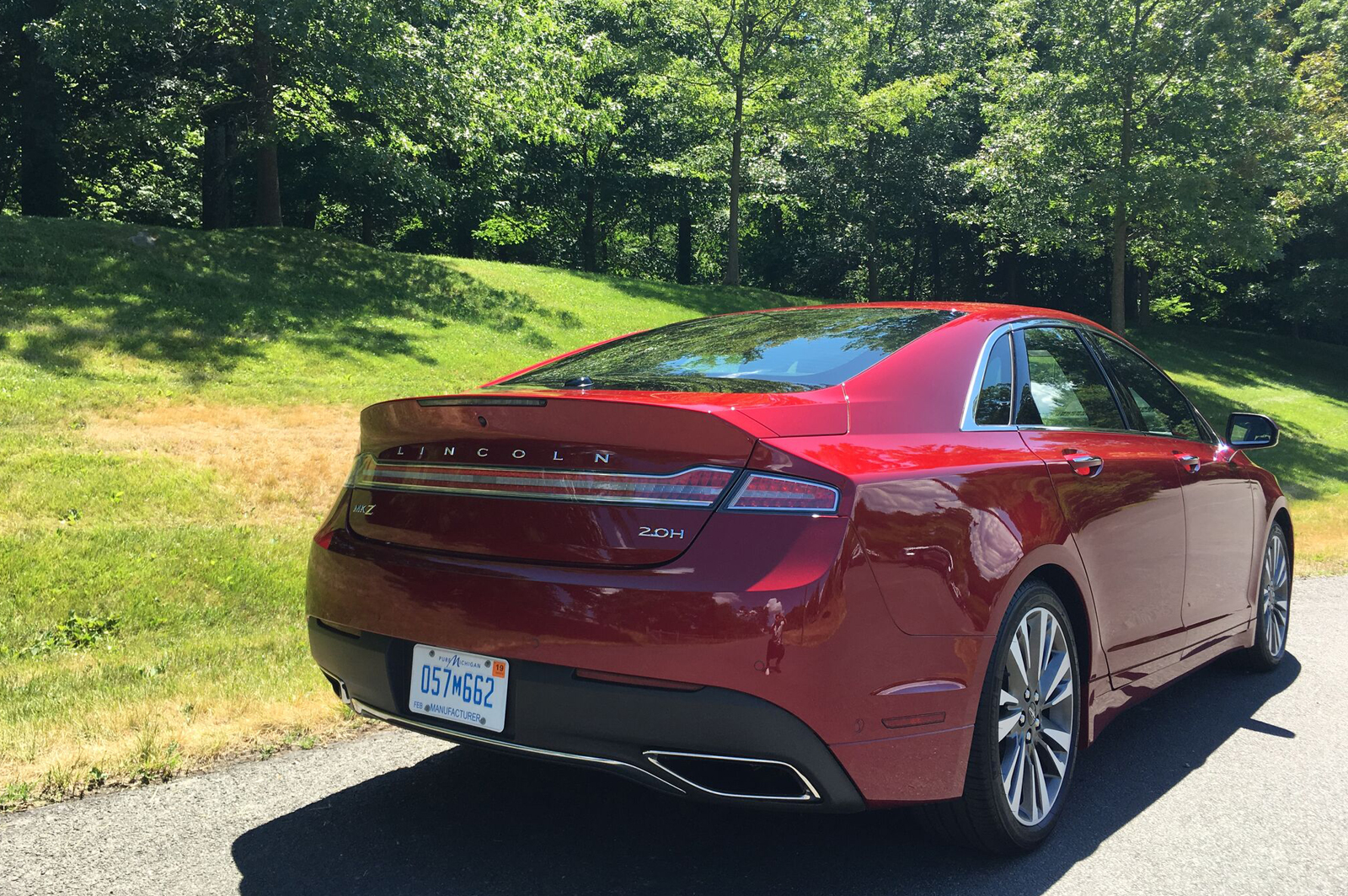Test Drive: 2017 Lincoln MKZ
Why the updated sedan is worth a look

When Lincoln introduced the MKZ sedan in 2013 it was a sign that the brand was serious about reinventing itself. Since then it’s launched some impressive cars—the MKC and MKX crossovers and the new Continental, and recently unveiled the concept for the next generation Navigator. Brands nearly always release a “refresh” mid-way through a model’s typical five to seven year run to keep the car feeling current, but few have done so quite as dramatically as Lincoln has with the 2017 MKZ. “It Isn’t normal that we would do this level of exterior, interior and overall driving performance changes at mid-cycle,” says Scott Tobin, Director of Product Development. It’s “a real commitment to the brand,” he tells us. We walked through the car pre-launch with Tobin, David Wodehouse (Design Director), and Soo Kang (Interior Design Chief) and recently got behind the wheel to test it outside of NYC. We loved it, and here’s why.
First, the brand has made a commitment to creating cars that speak to “quiet luxury” and it’s starting to show in the level of quality that drivers see, feel and touch. It’s a strong statement and one that suits the brand’s future. They’ve let other brands speak to other segments of the luxury market, “We’re not trying to beat BMW at the Nurburgring,” Tobin says. What you’ll find in a Lincoln today might surprise you—especially at the higher end trim levels. These changes haven’t gone unnoticed. In fact, Lincoln’s sales have grown substantially since the new models started delivering in 2014 and the brand’s launch in China, where their innovation in the education and showroom experience is some of the most interesting happening anywhere in the world.

The exterior of the 2017 MKZ is the first production car to feature the new Lincoln signature grille. It also gets all new metalwork on the hood, fascia and front end, new wheels, a new lower apron in the rear along with new exhaust tips. The new grille looks great on the the car and is a nice evolution from the first generation. The MKZ’s brightest moment is still its retractable panoramic glass roof, which is the largest available on any car. It retracts to expose nearly the entire top of the car. It’s an incredible design and engineering feat, and the car is a pleasure to drive with the top open. The lighting is improved too, from the LED headlights and the Lincoln logo spotlight that illuminates on the ground and the LED-backed door handles, both of which illuminate as you approach the car.

Attention to detail on the car is among the best we’ve seen from Lincoln. One element that expresses this best, perhaps, is that the icon to open the rear hatch is actually an outline of the car, not a generic one. Nice touch.

The car’s interior receives a substantial evolution with nearly every area improved. The new “driver’s package” option “adds a level of sportiness new to the brand,” says Woodehouse, with new front seats with side supports that grip you while cornering, a sportier style and meticulous stitching. It’s the right level of sportiness for the car and the brand. Heating, cooling and massage is also available for the front seats, and heating for the rear seats. Dials and switches, thankfully, replace the previous generation’s awkward sliding touch controls. Most importantly though, materials are now what they seem to be. If it looks like wood, aluminum or carbon fiber it is—plastic be gone. Craftsmanship is noticeably improved throughout, and details like the perforation pattern on the speakers and the “Bridge of Weir” leather seats are both visually pleasing and functional, helping circulate sound or hot and cold air. The Black Label program offers several different themes, each delivering the most luxurious versions of the car available.

Kang says, “Interiors are a living environment,” and that “a lot of open space provides more of a luxury environment.” There’s more legroom in the back, and all of the panels have been redone to integrate Lincoln’s best-in-class audio platform. The Revel sound system by Harmon is available in two surround sound versions, the 14 speaker, 12-channel “Revel” and the 20 speaker 20 channel “Revel Ultima” which features Clari-Fi software that improves the quality of lower quality audio sources like streaming, satellite radio and low quality MP3s. They are both stellar, but the Ultima is worth every penny. Most manufacturers integrate audio near the end of the engineering process, but Revel collaborated with the design and engineering teams for several years to ensure that every speaker was optimally placed. This meant moving just about everything, and that’s why the 2017 has a nearly all-new interior. Speaking of sound, you hear almost none of it from the road. Lincoln’s “quiet luxury” also means striving for the quietest cabins, and they deliver on that ambitious goal. Kang adds that the “Alcantara headliner helps absorb the sound.”
Quiet luxury isn’t boring, it’s exhilarating
Technology and engineering also gets a major overhaul—a new engine, new driver assist tools, Apple CarPlay and Android Auto integration. “Quiet luxury isn’t boring. It’s exhilarating, it’s smooth and it’s gliding.That’s what the turbocharging does for us,” says Tobin enthusiastically. And he’s right—Lincoln’s new 3.0L GTDI (gasoline turbocharged direct injection) V6, one of the most powerful engines produced by the company, makes its debut in the new MKZ and turns the car into a much more sophisticated driving machine. As he said earlier, they aren’t out to win the Nurburgring, but it’s a welcome addition. It performs best with the optional Dynamic Torque Vectoring (simply put—the system delivers power to each wheel independently to ensure the best performance when turning). The competent 2.0L GTDI is ample (but less fun) and the 2.0L Hybrid is a practical choice.

“Along with all that power we want complete, holistic control of the vehicle,” he adds, and the car is packed with driver tech like Lincoln Drive Control, which helps with steering, damping and more. It monitors the road and your driving and adjusts the car’s handling accordingly based on the setting you select—comfort, normal or sport. There’s a Blind Spot Information System, “pre-collision assist braking,” active lane keeping, and also an active park assist option that allows the car to nearly park itself. We were able to test most of these systems during our drive and all are helpful. Many of these systems are comparable to what other luxury brands are offering (and need to offer). Depending on your level of engagement while driving they may be worthwhile options.
Lincoln has also made owning one—or deciding if you want to—easier. They recognize that newcomers to the brand may need more than a quick test drive, so they’ve created “Date Night,” a 24 hour test drive. When you bring the car back you’ll find yours has been detailed—a nice touch. Also new for 2017 models is Lincoln’s just-announced Service Valet, which offers free pick up and delivery for any service needs, along with a loaner vehicle. Quiet luxury means more than just driving the car, it speaks to owning it as well, and this new service saves you time and hassle.

The 2017 Lincoln MKZ starts at $35,000; a fully loaded Black Label can easily pass the $50,000 mark.
Images of red model by Evan Orensten, all others courtesy of Lincoln












